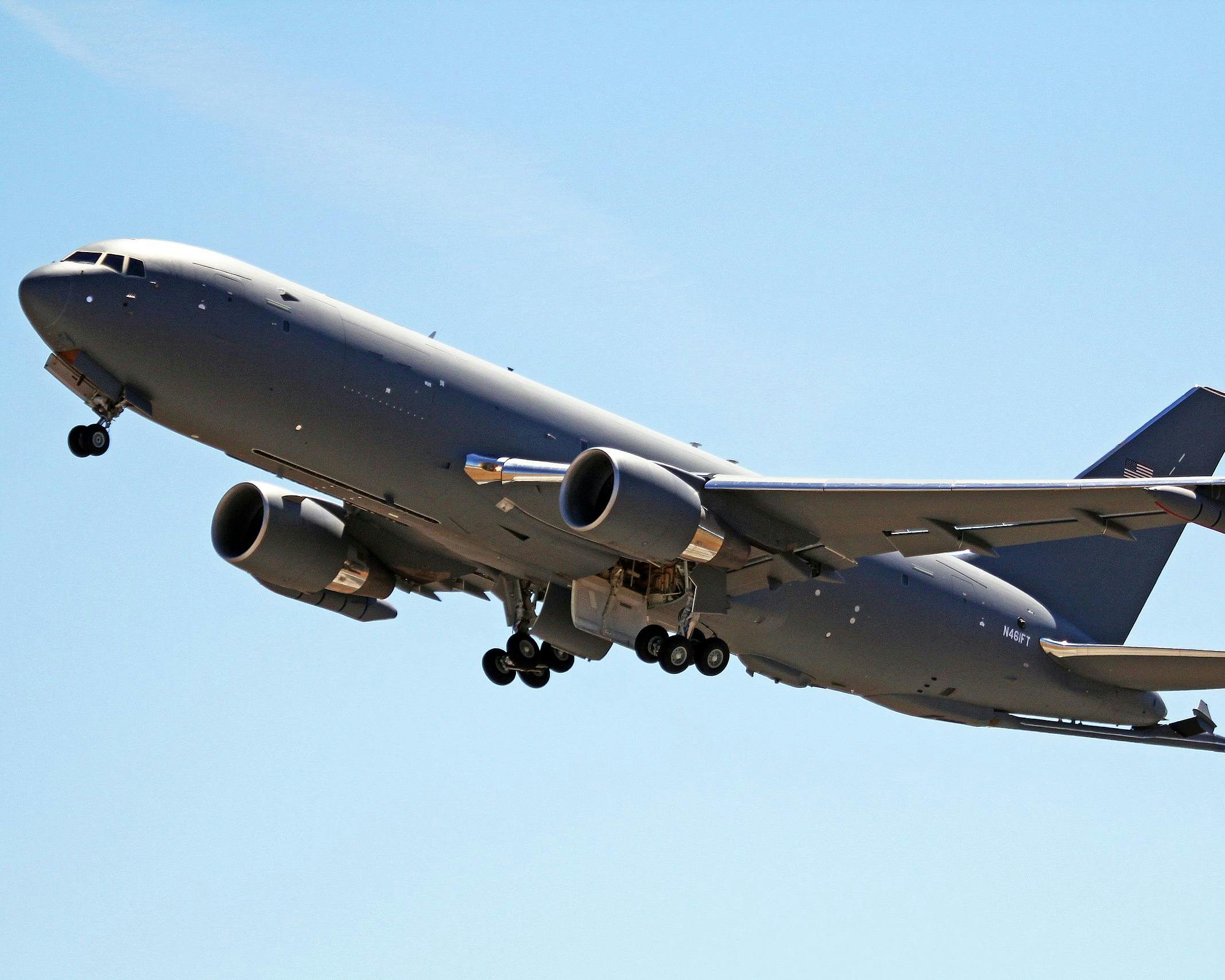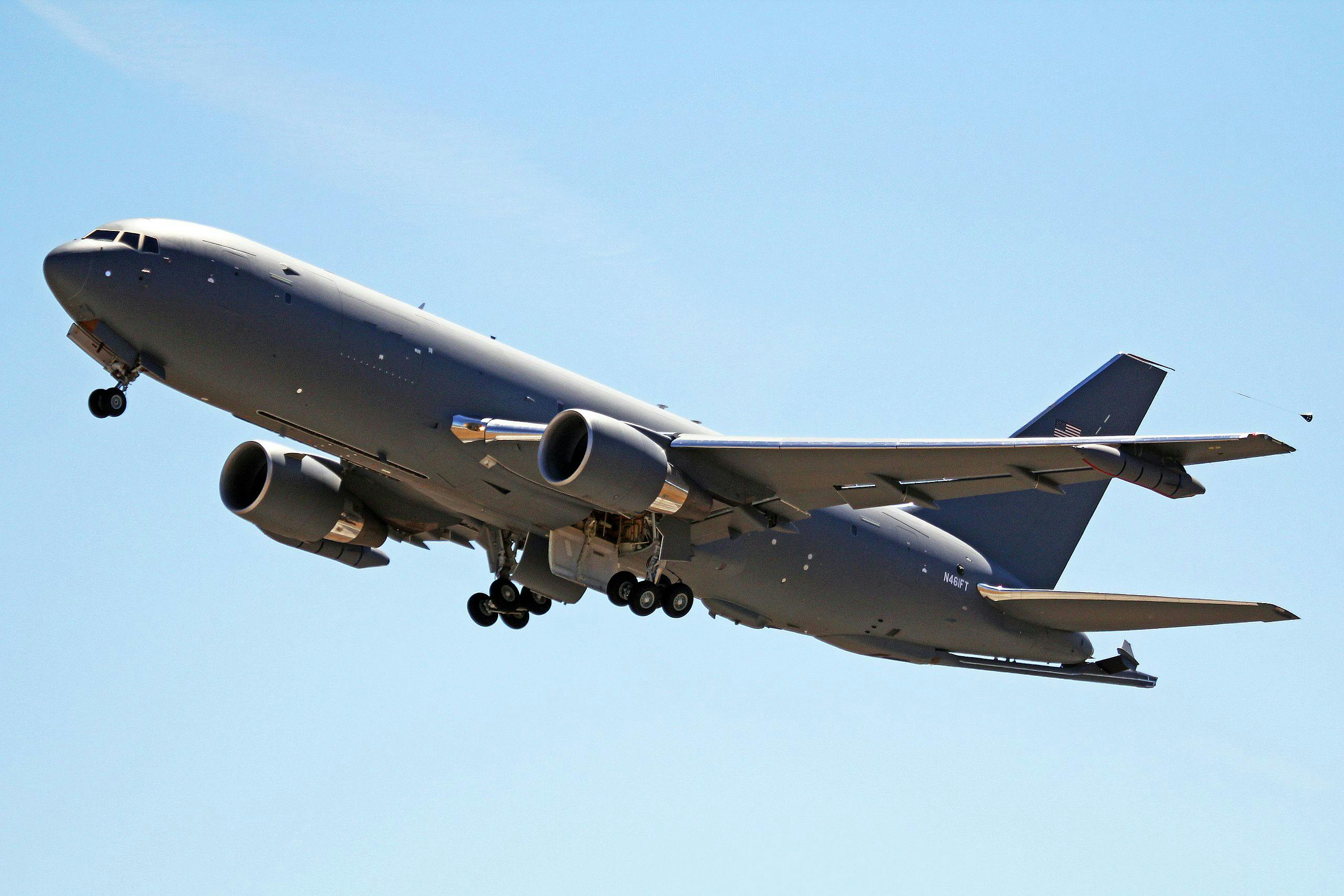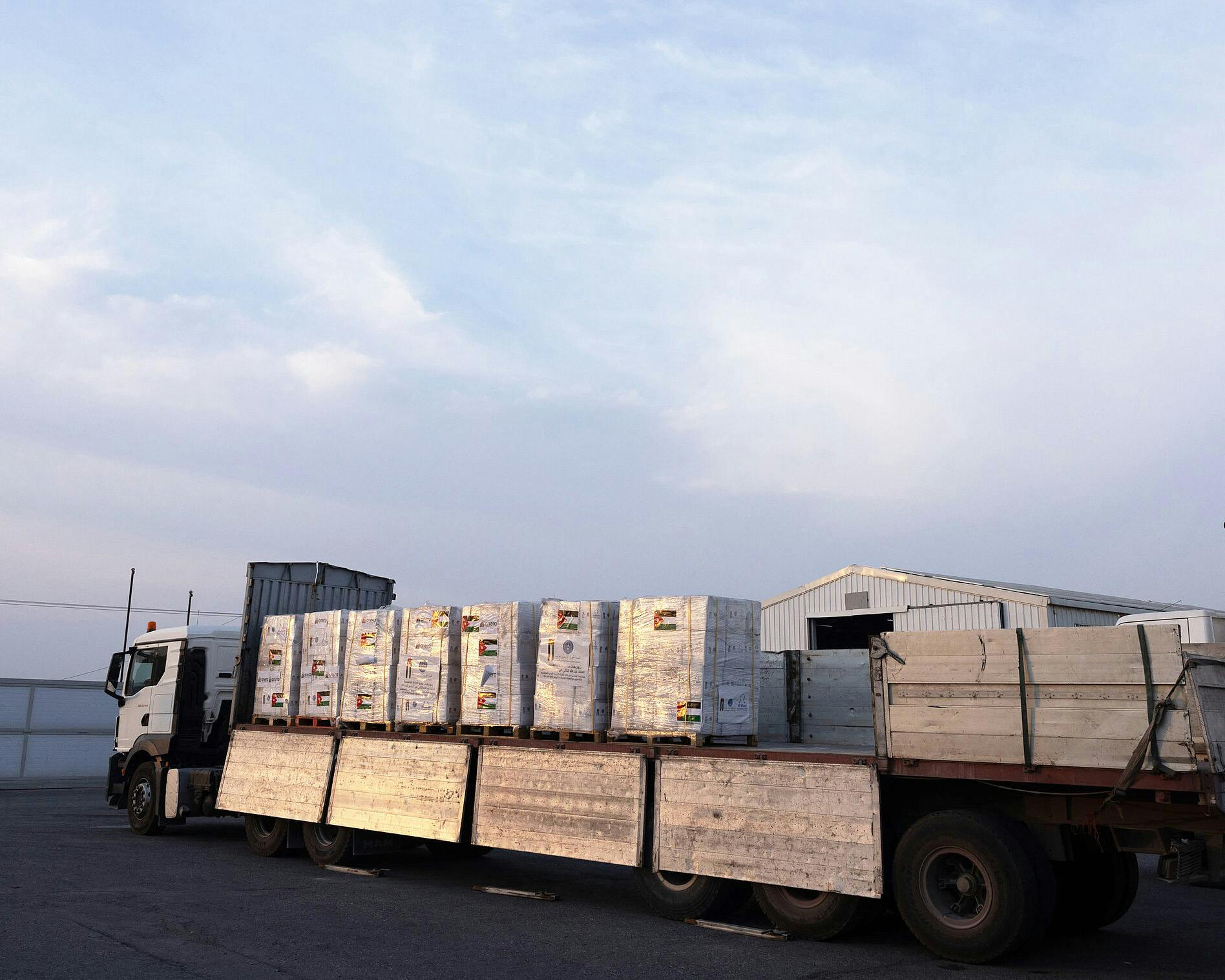Following Iran Campaign, Israel Rethinks Foreign Reliance for Refueling Planes

Monday, 21 July 2025 | Israel Aerospace Industries (IAI) is pushing for a share in the Israeli Air Force’s [IAF] next-generation aerial refueling fleet, a procurement plan estimated to exceed NIS 10 billion [$2.97 billion]. While the Air Force is pressuring the Defense Ministry to fast-track the purchase of two KC-46 tankers from US aerospace giant Boeing, IAI wants to supply the refuelers itself, by converting Boeing 767 aircraft through its aviation division.

These aircraft are critical for refueling fighter jets mid-air, particularly during long-range missions in places like Iran and Yemen.
About three years ago, Israel ordered four KC-46s from Boeing in a deal worth approximately US $930 million. The first of those aircraft is expected to arrive in the first half of 2026. US government approval allows Israel to purchase up to eight tankers, and the Air Force is determined to seize the opportunity to fully replace its aging fleet of six refueling aircraft.
These legacy aircraft are converted Boeing 707s, known in the Air Force as “Ram” tankers, which were originally modified by IAI. Despite their age, they played a crucial role in enabling long-range Israeli Air Force operations, including hundreds of aerial refuelings during 12 days of combat over Iran—more than 2,000 kilometers [approximately 1,243 mi.] from their home bases—allowing Israeli fighter jets to maintain prolonged air superiority.
From the Air Force’s perspective, this is a strategic moment to renew and upgrade its aerial refueling capability. The Defense Ministry shares this view, with considerations underway to expand, or even double, the tanker fleet to a full squadron of 12 aircraft, driven by the expanded scope of operational theaters following the October 7, 2023, war.
“The IDF Needs to Change its Mindset”
The planned grounding of the “Ram” aircraft in the coming years, alongside the integration of new Boeing tankers maintained by Boeing personnel, risks sidelining IAI from the aerial refueling domain entirely. IAI warns that such a scenario would lead to the loss of national strategic capabilities, which until now were preserved by its maintenance and development work on the Ram fleet.
The company fears that a full transition to an all-American KC-46 fleet would eliminate the need to maintain its expertise in aerial refueling, potentially forcing the closure of its operations in the field.
Two weeks ago, Defense Minister Israel Katz visited an IAI facility in central Israel. During meetings with senior executives, he was briefed on the company’s proposal to supply part of the new tanker fleet and was asked for his support. Meanwhile, American construction crews are already building hangars and infrastructure at the Air Force's Nevatim base in preparation for the arrival of the four Boeing KC-46s.
IAI’s renewed bid may challenge the Defense Ministry's current strategy and raise questions about its commitment to leveraging domestic defense industries—a policy adopted since the onset of the war in response to growing international restrictions on arms exports to Israel. Three years ago, IAI floated a similar proposal to convert aircraft, but it was rejected. Now, the company hopes the Ministry and the Air Force will "change course."
“All past decisions on this issue need to be reexamined,” a senior IAI official told Calcalist. “Any new plan must guarantee the Air Force’s maximum operational freedom in distant theaters, without the risk of political pressure neutralizing Israel’s long-range strike capabilities.”
Cheaper than the Americans?
According to experts in IAI’s aviation division, led by Yaakov (Berko) Berkowitz, the converted aircraft they propose would be identical in functionality to Boeing’s KC-46s. This would eliminate the need for separate maintenance or storage infrastructure. KC-46s are based on Boeing 767s—a model that IAI technicians have extensive experience converting. Notably, Israel’s official state aircraft, “Wing of Zion,” used by the president and prime minister, is a converted 767 purchased by IAI in 2016 from Qantas and extensively modified for VIP use.
It remains unclear how competitive IAI’s offer would be in terms of cost. A new Boeing KC-46 costs about $230 million, but defense sources estimate that IAI’s conversion-based alternative would be cheaper. The final price, however, depends on the market cost of acquiring civilian 767s for conversion.
Another crucial factor is funding. Boeing aircraft can be purchased using the US foreign military aid package, which totals about $3.8 billion annually and must be spent within American defense industries. In contrast, an IAI deal would need to be financed through the shekel-based portion of the Israeli defense budget—a budget already stretched by numerous other procurement needs.
IAI’s push is forcing the Defense Ministry to clarify the limits of its “domestic production independence” policy—a strategy launched by former Defense Ministry Director General Eyal Zamir, now IDF Chief of Staff, and reportedly supported by his successor, Maj. Gen. (res.) Amir Baram. Under this policy, the ministry has already awarded a NIS 2.4 billion [$714.72 million] contract to Israeli Shipyards for Navy vessels and funneled billions more into local weapons production.
Laying the Groundwork for Future Projects
Last week, IAI celebrated the successful launch of its "Dror-1" national communications satellite aboard a SpaceX rocket, led by Elon Musk’s company. The satellite was developed and produced by IAI’s missile and space division at a cost of about $200 million, funded by the Israeli government.
The satellite’s development stemmed from concerns about IAI’s ability to remain competitive in the global communications satellite market, especially after losing its only customer, Spacecom, which turned to Boeing for its Amos-6 replacement following a failed launch in 2018.
A government committee formed after that failure recommended that Israel procure a new national satellite every five years to maintain local capabilities. IAI believes discussions on the next project—Dror-2—will begin in the coming months, aiming for launch early in the next decade.
The Defense Ministry did not respond to requests for comment.
(This article was originally published by the Ynetnews on July 21, 2025. See original article at this link.)
https://www.ynetnews.com/business/article/bjcw4a9igg
License: Wikimedia
Related Resources

Discover Your Purpose and God’s Heart For You
In today's divided, turbulent world, it's essential for the Church to rediscover God's heart. Our free e-book, authored by a seasoned expert with three decades of experience in Israel, delves deep into the teachings of Jesus (Yeshua) to reveal God’s principles of love and purpose. Learn how embracing these truths can bring significance and impact to your life, even amidst chaos. Subscribe now to receive your free copy and embark on a journey of transformation.




